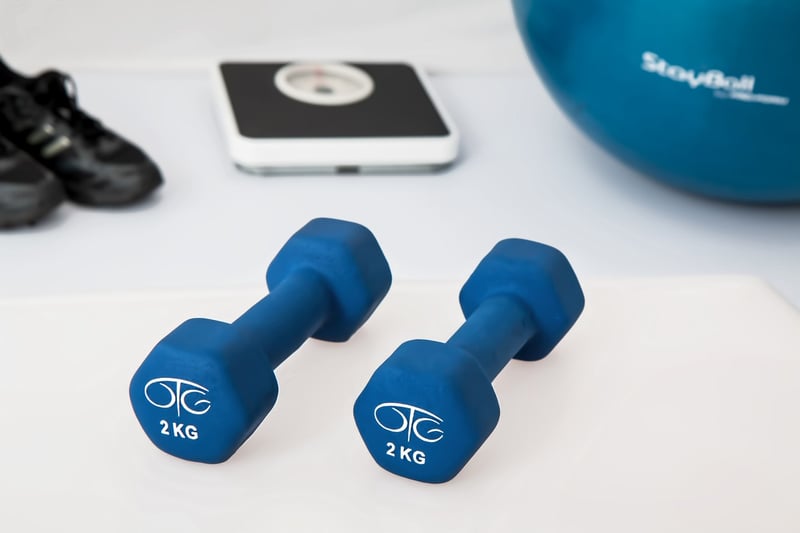Rehabilitation Exercises
Heal Through Intentional Movement + Rehabilitation Exercises
Recovering from an injury or surgery can be a challenging journey, but with the right approach, you can enhance your healing process through intentional movement and rehabilitation exercises. These exercises are designed to improve flexibility, strength, and range of motion, helping you regain functionality and prevent future injuries.
The Benefits of Intentional Movement
Intentional movement focuses on mindful and purposeful actions that promote healing and overall well-being. By incorporating intentional movement into your daily routine, you can:
- Enhance blood circulation, which aids in the delivery of nutrients and oxygen to injured tissues.
- Reduce inflammation and swelling, promoting faster recovery.
- Improve joint mobility and prevent stiffness.
- Enhance body awareness and proprioception for better balance and coordination.
- Promote relaxation and reduce stress, which can hinder the healing process.
Rehabilitation Exercises for Healing
Rehabilitation exercises are specifically designed to target injured areas and restore function. These exercises are often prescribed by healthcare professionals or physical therapists and can include:
- Range of motion exercises to improve flexibility and joint mobility.
- Strength training exercises to rebuild muscle strength and endurance.
- Balance and stability exercises to prevent falls and improve coordination.
- Functional movements to simulate daily activities and enhance overall functionality.
- Cardiovascular exercises to improve heart health and overall fitness.
Integrating Movement into Your Healing Journey
It's essential to work closely with your healthcare provider or physical therapist to develop a personalized movement and exercise plan that aligns with your specific needs and goals. Here are some tips for integrating movement into your healing journey:
- Start slow and gradually increase the intensity and duration of your exercises.
- Listen to your body and avoid pushing through pain. Discomfort is normal, but sharp or persistent pain is a warning sign.
- Stay consistent with your exercise routine to see progress and maximize the benefits of movement.
- Combine different types of exercises, including stretching, strength training, and cardiovascular activities, for a well-rounded approach to healing.
- Track your progress and celebrate small victories along the way to stay motivated.
Conclusion
Healing through intentional movement and rehabilitation exercises is a holistic approach to recovery that not only addresses physical well-being but also promotes mental and emotional health. By incorporating mindful movement into your daily routine and following a tailored exercise plan, you can support your body's healing process and work towards regaining optimal function and mobility.
Remember, always consult with your healthcare provider before starting any new exercise program, especially if you are recovering from an injury or surgery.


